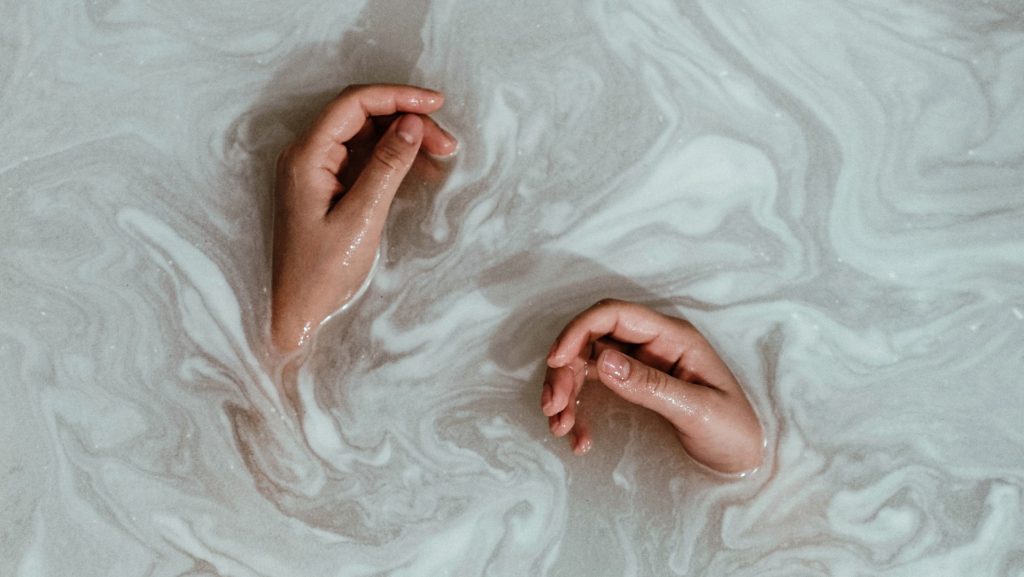FREE Shipping on Orders over $89 with Account – Create One Today!
- (844)-859-9400
- Get Help

Have you ever been in the water too long and noticed that your skin looks wrinkled and shriveled? It may also feel soggy and squishy to the touch. This is a mild skin maceration. Generally, there’s nothing to worry about because these cases are unlikely to produce complications. But for severe maceration skin problems, treatment is necessary as these can seriously impact your health.
How to treat skin maceration at home? There are home remedies that can be used. Be sure to administer these short-term treatment options after skin maceration is identified to prevent it from worsening.
Maceration happens when skin softens due to prolonged exposure to moisture typically not found or present on the skin. Being subjected to this type of environment for 24 hours or more can cause your skin to break down at a cellular level.
With this type of severe skin maceration, your skin becomes more vulnerable to complications. Even mild cases can lead to complications for the elderly, those recovering from surgery, or individuals with wounds.
The common types of moisture that can cause skin maceration are the following:
It’s worth noting that these are not the only causes of skin maceration. Fungal infections, friction, and biological irritants are less common causes, but can also cause the skin to macerate. Excessive washing and drying of the skin may also disturb the natural moisture barrier of the skin. But overall, keeping your skin dry and clean is essential to prevent it from happening.
Here are some skin maceration signs and symptoms to watch out for:
If you’re experiencing these symptoms after prolonged exposure to moisture, it’s best to visit your doctor to find the best treatment. Fortunately, most skin maceration treatment is done at home to manage this skin problem.
Determining the risk factors for skin maceration will help you prevent it from happening in the future. They are as follows:
If any of the above applies to you, it’s best to take extra precautions to ensure that this skin problem doesn’t happen to you.
Explore some of the best maceration skin treatments to speed up the recovery process.
First, use a gentle skin cleanser to clean the area. Make sure to clean your skin thoroughly to remove any bacteria, but avoid excessive rubbing to keep friction to a minimum. You may also use a cleanser that’s pH-balanced for those with incontinence.
After cleaning the area, you should use some type of protective barrier. You can use an ointment that’s petrolatum or silicone-based, or any of a variety of barrier pastes, sprays or wipes. These will help prevent moisture from affecting your skin and making it worse.
There are two types of wound bandages and dressings you can use to treat macerated skin. These are occlusive and Hydrofiber dressings.
Tapes are often essential to secure dressings in place. A simple paper tape is all you need, but avoid using tapes that can cause skin injury. These can further irritate the skin and make the maceration progress further. Atraumatic tapes, such as 3M’s Micropore S, are the best option since these don’t cause trauma to the skin.
Pressure and friction are two main culprits that can quickly worsen skin maceration. On top of proper wound care, you must relieve the pressure on the area by repositioning yourself or a loved one every one to two hours. You may also use supportive cushioning to relieve pressure from the tender areas. Additionally, you may want to try an adhesive silicone dressing, such as Mepilex or Proximel, which are partially designed to prevent pressure injury.
Apart from changing your bandages properly, you must eat food that’s nutritious and rich in protein. You want to eat food rich in protein to help your body repair itself, especially the affected area. At the same time, drink the right amount of water to hydrate yourself, which can also nurture your body’s healing process. You will also want to avoid smoking. It can hinder your body’s blood circulation.
You can easily manage and treat skin maceration at home with the correct equipment and knowhow.
Wound care essentials are necessary to support the healing of macerated skin. Fortunately, Medical Monks offer skin protectants and dressings that you can use during the process. These are what you need to heal properly.

Edited for content by ADAM PAGE.
